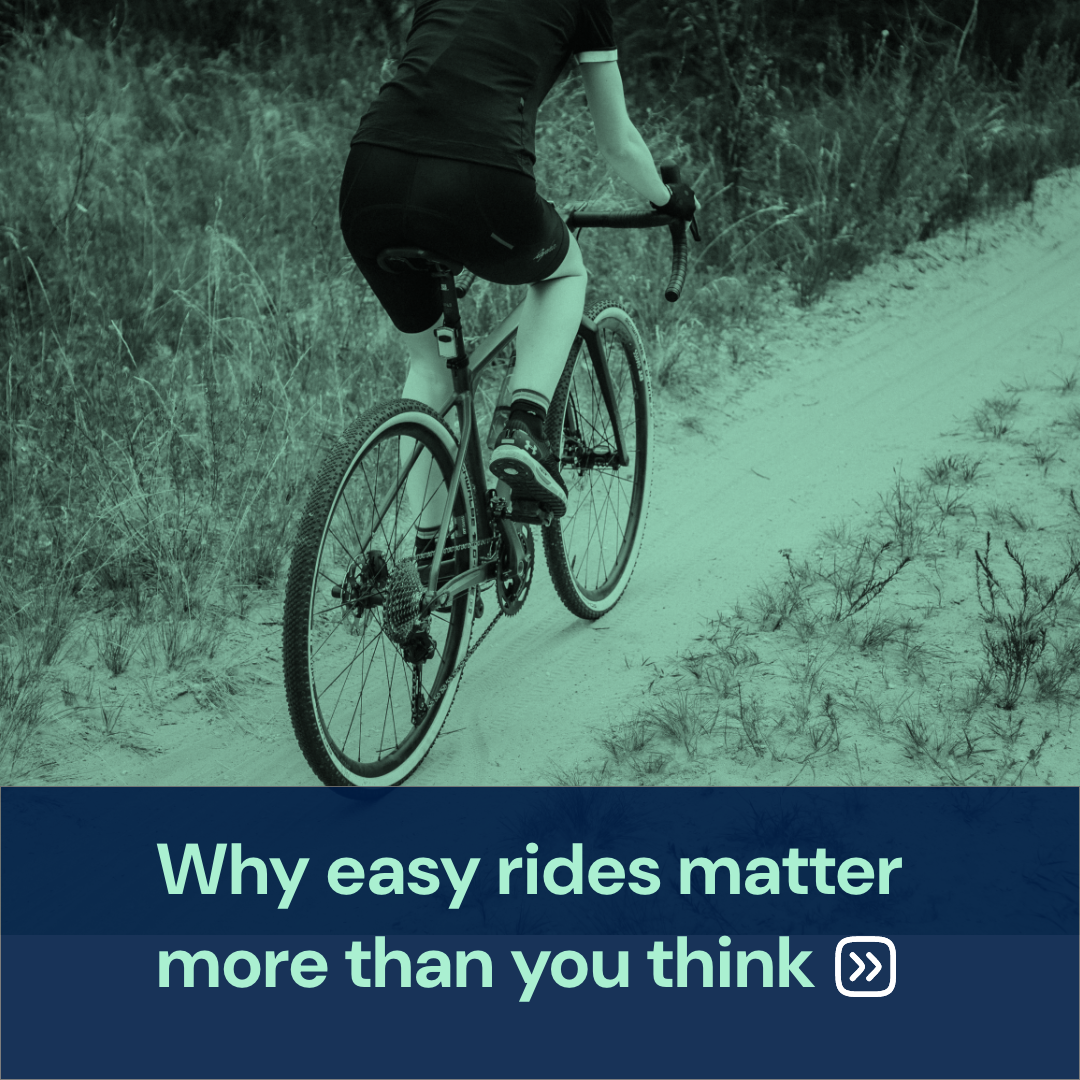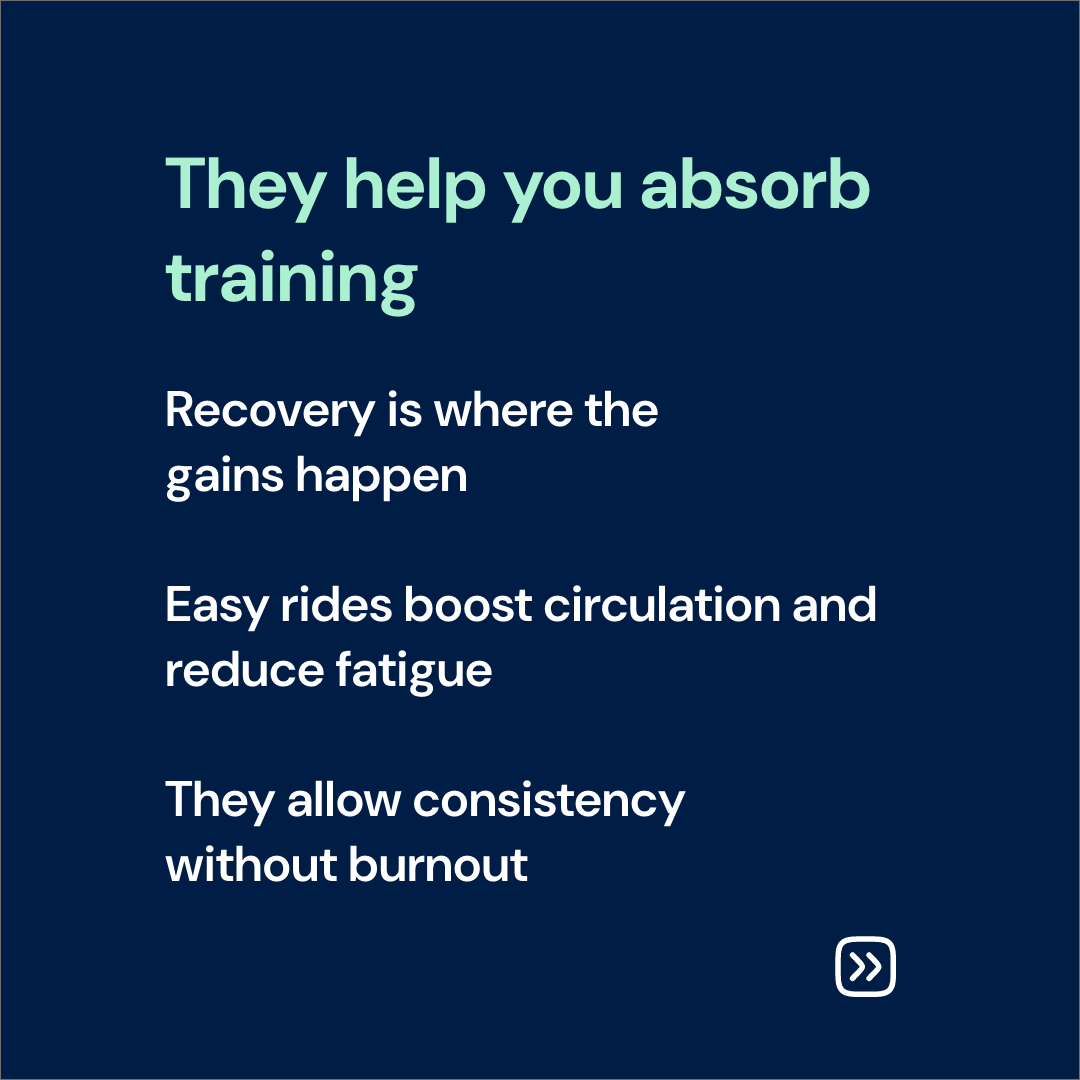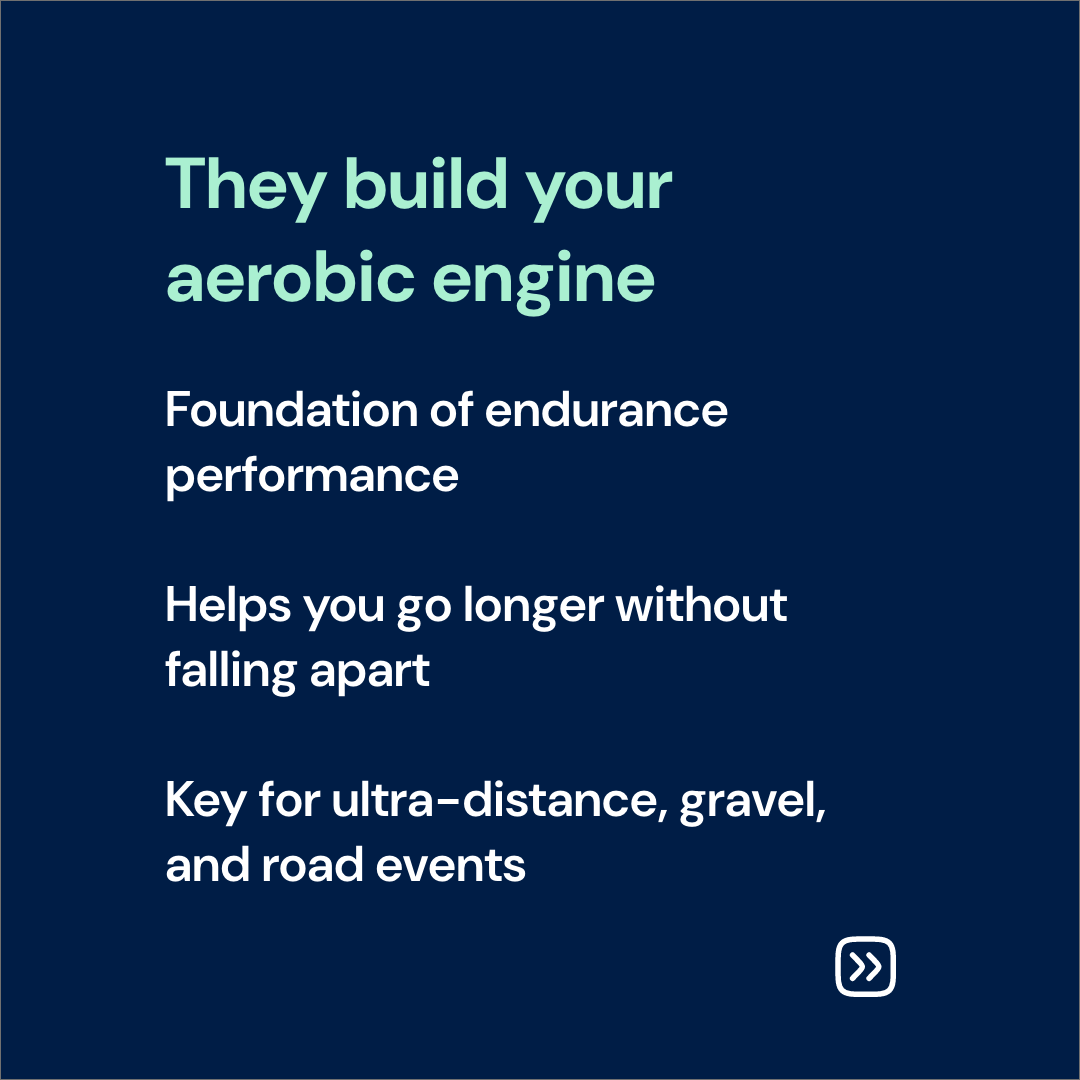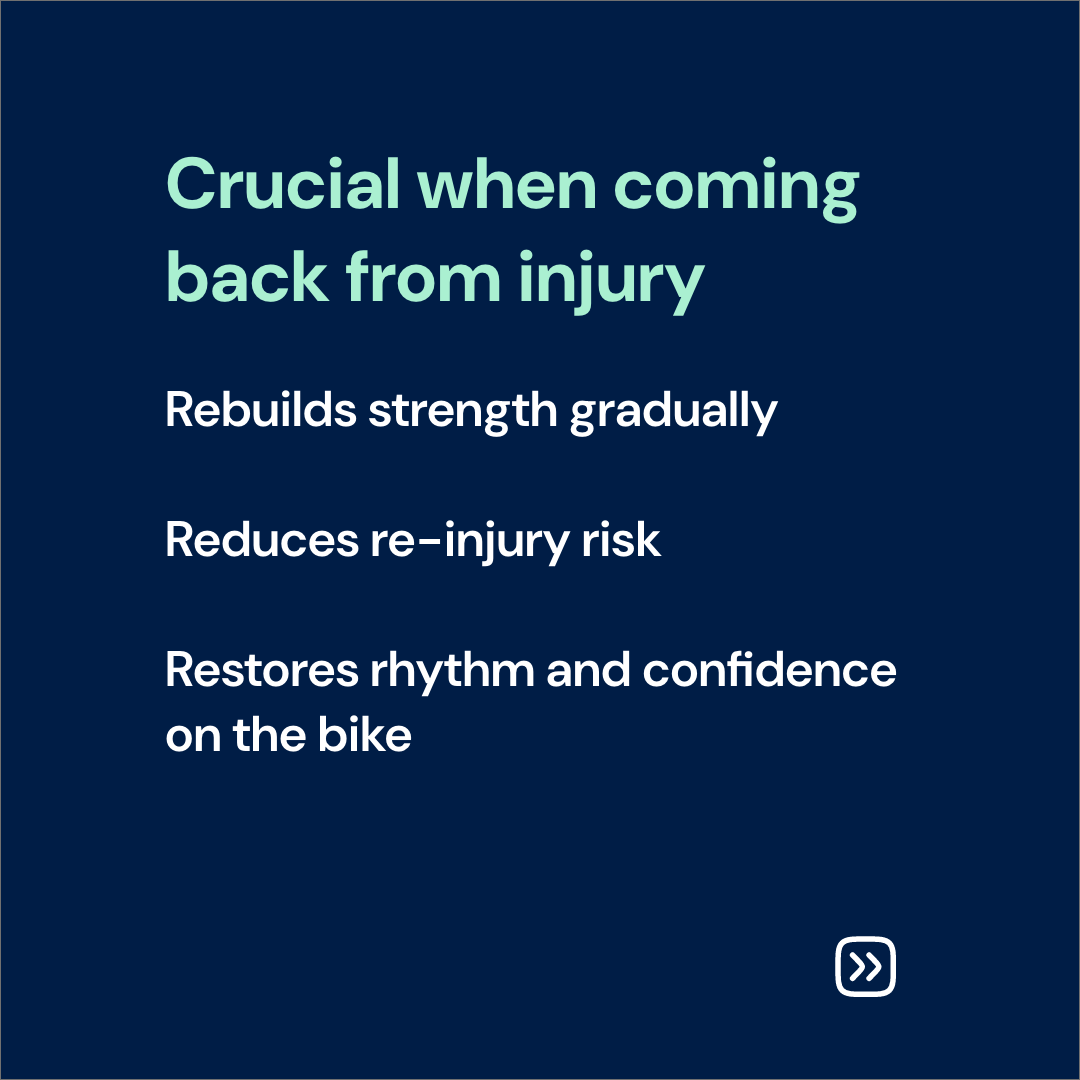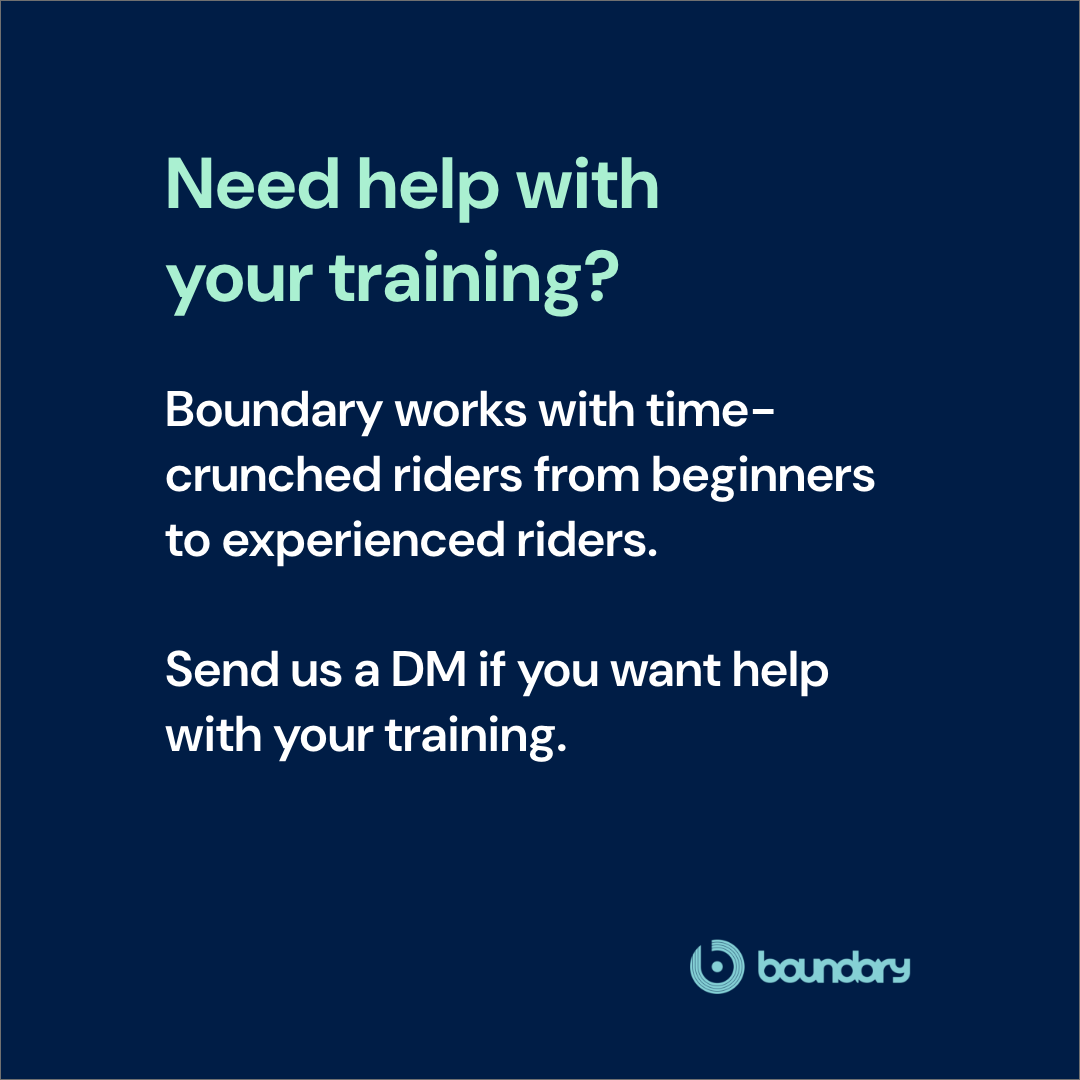Why easy rides matter more than most riders think
I’ll be honest, as a coach I sometimes get pushback on easy rides set out in a training plan. Riders would look at their plan and think, “What’s the point of this? I can do more.” That’s exactly the problem. The assumption that more is always better.
The truth is, the ability to ride easy and not let your ego get in the way is one of the clearest signs of a mature athlete. And when I say easy, I don’t mean cruising just under threshold and calling it recovery. I mean zone 1 or low zone 2. The sort of ride where you could eat a flapjack and hold a conversation the entire time. Not just a sentence or two. A whole chat. Think: “I could be out with my mum and still not look like I’m trying.”
Easy rides are how the body learns to absorb training
This is the part that often gets missed. Training doesn’t make you stronger. Recovery from training does. If all you do is smash sessions and stack up intensity, you’re eventually going to burn out or hit a plateau. Your body never gets the chance to adapt.
Easy rides create space. They help your cardiovascular system stay sharp without adding muscular fatigue. They nudge along blood flow, clear waste products, encourage oxygen delivery to tissues. All the behind-the-scenes work that’s essential if you want to come back stronger.
When you look at a properly structured plan, it’s not just a bunch of hard sessions. It’s a blend. Intervals, long rides, gym, skills work, rest days, and yes, those deceptively dull easy rides. They’re often placed the day after something tough or leading into a race block. Think of them like active recovery. A way to keep things ticking over without adding more stress.
They build aerobic depth
You know that feeling when you’re six hours into a ride and still feel like you’ve got something left? That’s not magic. That’s aerobic base. And a solid aerobic engine is built not on hero efforts but on consistency and volume. Volume you can only safely accumulate if a decent chunk of your riding is low intensity.
It’s how WorldTour riders can clock up 25 to 30 hours a week and still hit their targets. They’re not drilling it every time they swing a leg over the bike. A lot of those hours are easy. Coffee spin pace. Fat-burning, endurance-building, tendon-friendly pace.
When you’re returning from injury, easy is essential
This is a big one. If you’ve been off the bike for a while with a knee niggle, back pain, whatever it is, jumping straight back into intervals is a brilliant way to go straight back to physio.
Easy rides are the bridge. They’re how you get movement back into the system, test tolerance, gently reintroduce volume. You’re rebuilding tissue strength, coordination, confidence. It’s not sexy, but it works. I usually start with short, frequent, zone 1 rides. No power targets. Just feel. We build from there.
And it’s not just physical. There’s something psychologically valuable about moving again without pressure. Getting your rhythm back. Easing that anxiety that often comes after time off. Athletes are terrible at rest. Easy rides give you a low-stress way to start again.
It’s also about the headspace
I ride easy when I need to think. When I’ve had a long week, or there’s a problem I’m stuck on, or I just want to enjoy the act of turning pedals. You notice more when you’re not working hard. The seasons changing. New roads. That weird pub you’ve passed a hundred times but never really looked at. There’s something deeply good about those kinds of rides.
I tell the riders I coach to treat them like meditation with wheels. No pressure. Just ride.
The trap of always doing too much
If you track your rides you’ll probably know what I mean when I say “performing for the feed.” That little voice in your head telling you not to upload a ride if it doesn’t look impressive. It’s rubbish, of course. But it’s powerful.
Coached athletes get around this by knowing the why. When a ride is easy on purpose, it becomes meaningful. Not something you’re embarrassed about. And often those are the sessions that set you up for a personal best in a month or two. Because your body’s ready. Because you haven’t cooked yourself trying to win imaginary internet points.
What an easy ride looks like in practice
For most people, easy means somewhere between 50 and 65 percent of your FTP. If you’re using heart rate, you’re probably in zone 1 or low zone 2. If you’ve got neither, use your breathing. You should be able to talk easily and never feel breathless. Legs should spin freely. No tension. No chasing anyone up a hill.
Duration depends on the rider and the goal. Sometimes it’s 45 minutes just to shake out the legs. Sometimes it’s three hours at a steady endurance pace. But the common thread is that you get off the bike feeling better than when you got on. You’re not drained. You’re recharged.
Learn to love them
If there’s one thing I’d say to every athlete who wants to get better, it’s this: learn to embrace the easy days. They’re not a sign of weakness. They’re part of the work. Just because you’re not suffering doesn’t mean you’re not getting better.
Honestly, some of my favourite rides have been the ones with no goal beyond spinning the legs and watching the world go by. Because that’s where the real gains come from. Not just the work you do, but how well you recover from it. Have you been making space for that in your training?
Reach out if you've hit a plateau in your training or want some help to improve your cycling performance. 💪 🚴🏼♂️
